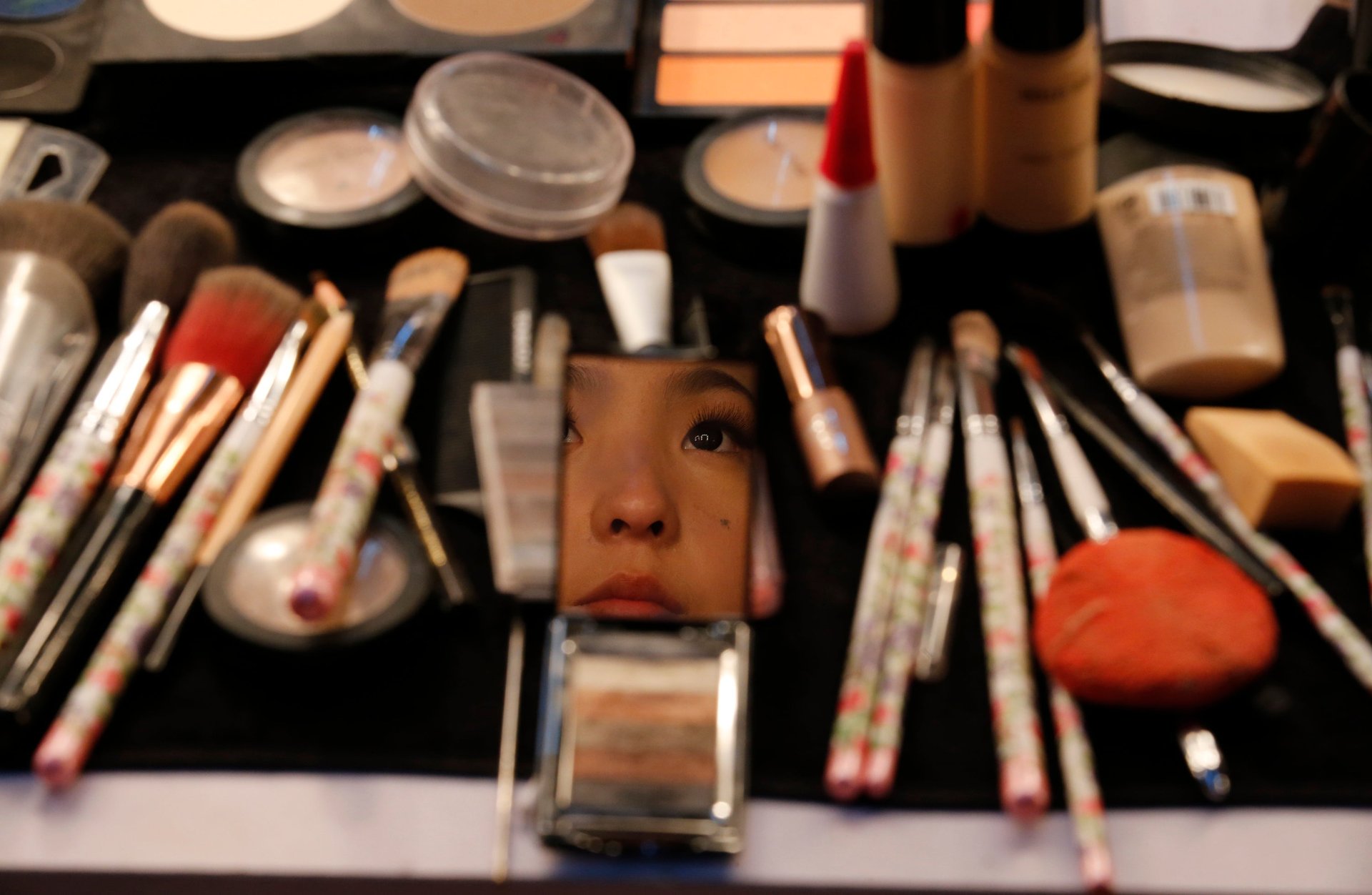Do we even need gender?
The fight for trans rights thus far has largely centered on integration. In North Carolina, for example, activists forced the conservative legislature to drop a law that barred trans people from using bathrooms marked for a gender other than the one on their birth certificate. Other campaigners have pushed for trans people to gain access to festivals, sports teams, and schools.


The fight for trans rights thus far has largely centered on integration. In North Carolina, for example, activists forced the conservative legislature to drop a law that barred trans people from using bathrooms marked for a gender other than the one on their birth certificate. Other campaigners have pushed for trans people to gain access to festivals, sports teams, and schools.
But in the new book Beyond Trans: Does Gender Matter?, Heath Fogg Davis, a professor of political science at Temple University, argues for a more radical approach. Rather than trying to integrate trans people into existing institutions, Davis suggests that we use trans experiences to rethink our cultural approaches to gender entirely.
Davis, a transgender man, points out that trans people are hardly the only ones who are hurt by the ways society polices gender. For instance, Davis writes about an incident in 2007 in which Kadijah Farmer, a cisgender African-American lesbian, was thrown out of a bathroom in the Caliente Cab restaurant in New York City. A patron, as well as the bouncer, refused to believe Farmer was a woman. Her experience shows how cis people can also face discrimination when they don’t conform to stereotypes about typical gender appearance.
“As I researched and wrote the book I drew a lot of inspiration from the concept of inclusive design,” Davis told me by email. Inclusive design, a concept grounded in disability studies, applies to features like sloped curbs for wheelchairs. “People who use wheelchairs are helped,” he wrote, “but it also makes life easier for a bunch of people not in wheelchairs—people with baby strollers, people with wheeled luggage, people with short legs. And no one is made worse off. My questioning of gender policies is inspired by trans discrimination, but the benefits of getting rid of a lot of these policies helps a lot of non-trans people, too.”
For example, Davis suggests that bathrooms would work a lot better for everyone if they included an “all-gender” series of private stalls, with a common area for mirrors and sinks. This design “helps trans people,” he writes, “but it also helps a lot of other people—such as parents with opposite-sex young children, caretakers of opposite sex adults who need assistance using public restrooms, and teachers with young students on field trips.”
The same logic applies to birth certificates, which are meant as proof of identity and age. “The sex marker on our birth certificates is not ‘vital’ or even relevant to these objectives,” Davis observes in Beyond Trans. So why include gender on a birth certificate—or a driver’s license or passport—in the first place?
Davis doesn’t think all sex markers are illegitimate—only that institutions should not separate people by gender unless they can point to a specific, clear, and valid reason. For instance, the government may sometimes want to collect data on gender in order to measure patterns in employment and work toward remedying inequalities in the workplace. Women’s colleges might also argue they have a legitimate purpose in cultivating a unique environment in which women can thrive—though Davis suggests that even this principle might be worth questioning, considering some colleges’ (pdf) exclusion of trans people. He argues that the unique purpose of women’s colleges could still be served if they were treated as historically women’s colleges, along the same lines as historically black colleges.
This kind of shift in mindset would go a long way toward helping people of all genders. Davis notes that doctors still perform surgery to “fix” intersex people so their genitals conform to masculine or feminine stereotypes—which can lead to great emotional distress for intersex people throughout their lives. Female athletes who are especially successful are often accused of masquerading as men, and have sometimes been subjected to humiliating genital inspections and testing or disqualification. Black South African track star Caster Semenya, for instance, was repeatedly insulted, tested, and publicly questioned in 2009 when she competed in the Olympics.
There are some legal remedies that could help bring about such a change. Davis argues that current precedent that restricts discriminating against people on the basis of gender could be used to challenge laws or practices that discriminate against people perceived as falling outside the gender binary. More broadly, we can all work toward a change in perspective. Demanding that people conform to stereotypes of masculinity or femininity does everybody harm. So instead of trying to fit more people into society’s preexisting categories, we might try rethinking whether we need those categories at all.